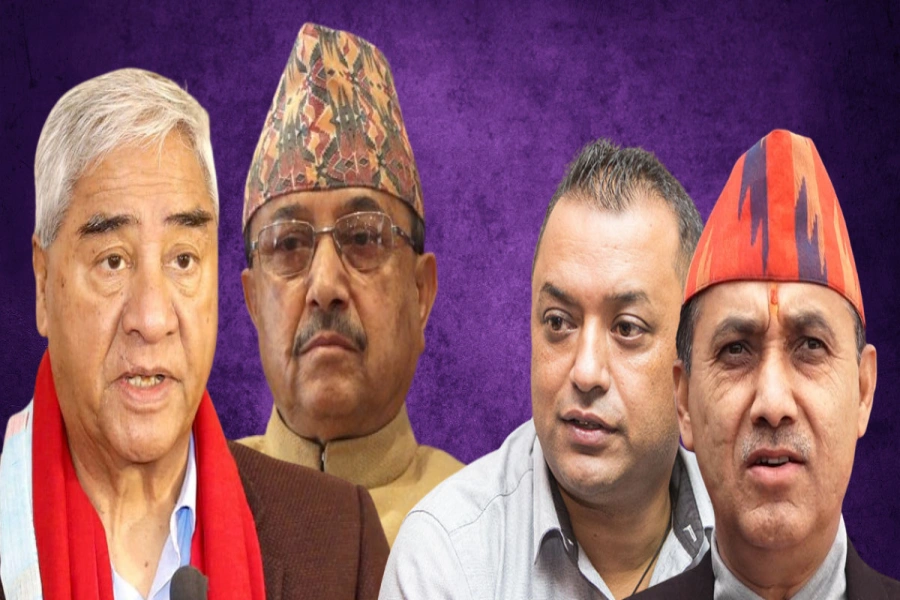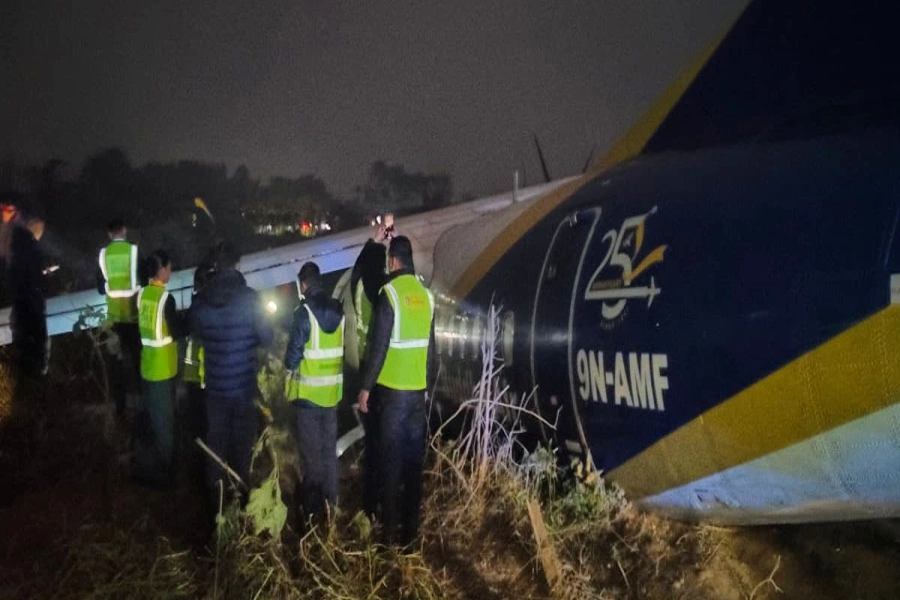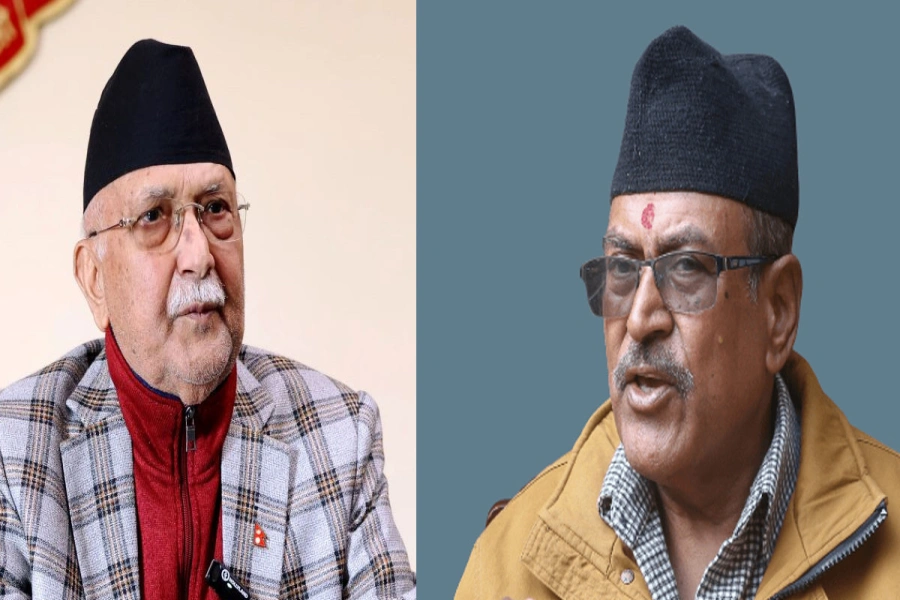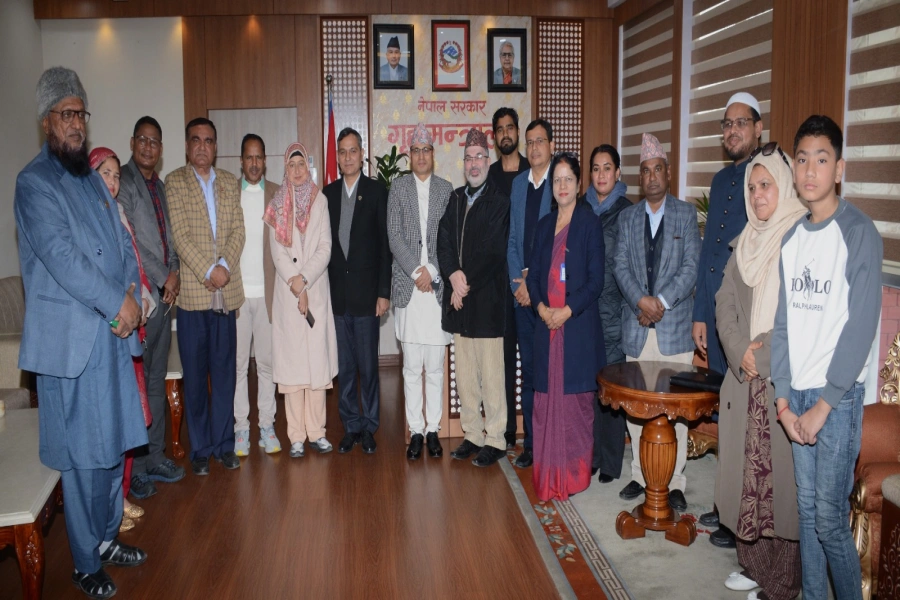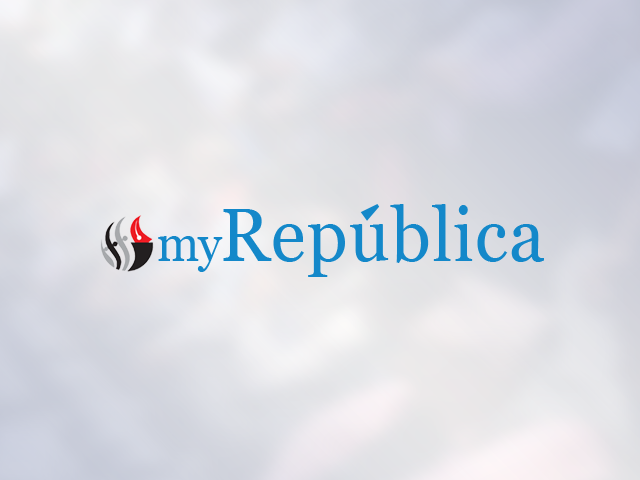There is an accompanying grim reality: The trade deficit has surpassed the remittance inflows. While exports surged to a relatively healthy rate of over 13.5 percent, it´s the disproportionate rise in imports -- by over 28.2 percent -- that further widened the trade deficit, taking the figure to 217 billion rupees. However, we have to wait for a deeper analysis of the composition of imports before we get too worried about the import figures. Since the export has begun to rise it is possible that imports have surged due to import of raw material, which will eventually boost export. But if that´s not the case and imports rose primarily to match rising consumption demands, we have cause for worry.
The continuous surge in trade deficit and in remittances has sustained a high rate of inflation, hurting low-income families. The annual inflation rate has been calculated at 13.2 percent, a surprising fact given that inflation in India has come down to record low levels. Historically, inflation in Nepal follows the Indian trend, thanks to an open border, free movement of people, a fixed exchanged rate between the currencies of the two countries and near-free convertibility between them. As we approach the festive season in Nepal, high inflation will hurt the poor even more.
But there is also another bit of good news: The government, after many years, successfully met its revenue target, raising more money for state spending. This will increase the state´s capacity to invest in areas of its choice. Given this rising capacity to raise revenue, the state should also increase its capacity to invest effectively, or else the revenue will remain frozen in its coffers, squeezing the capacity of the economy to grow.
There are also positive signs on the investment front--the volume of domestic credit increased by 24 percent. Though it´s unclear how much of that went for consumption purposes and how much was invested, increase in domestic credit will nonetheless eventually boost investment and production.
Nepal's informal economy is 41 percent of GDP







